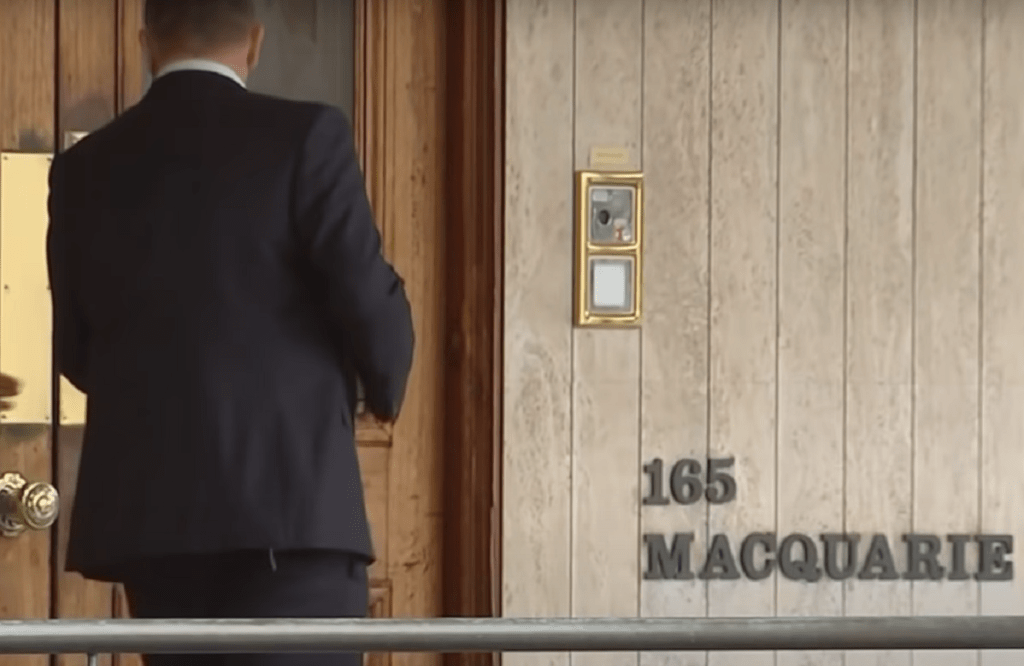Yesterday’s vote by The Australian Club to not admit women may seem easy to dismiss as the last raspy declaration of a dying, outdated institution. I think, however, it only epitomises the act of gender-based disadvantage that restricts women from having seats at the most important tables, a disadvantage which is alive and well and happening on a daily basis in places well outside Macquarie Street.
Judging by the comments of some, it seems I may be considered almost quaint to find it outrageous that The Australian Club voted ‘No’ to the admission of women as members.
Believe me, I do understand that the world has moved on from the institutions that seem, from the pictures and the historical members lists, to consist of ageing, grey haired men of another era. I get that these very same men are unlikely to be people that today’s successful, ambitious and thriving women within industry and politics want to socialise with. I understand that for many women, we do not really want to be anywhere where we are not welcome or looked down upon.
I also understand the plea that all people should have freedom to do as they please, provided they aren’t harming anyone. And of course, I’ve heard defensive retorts from men – from the ridiculous such as “women have women-only spaces, and you don’t see us trying to invade those!’ to the reasonable “men need a space to be vulnerable”.
But let’s be honest, the Australian Club is more than a social club. Looking at the membership list we have former Prime Ministers and captains of Industry. Men become members not because it provides a safe space from women (given women are just fine in the club, so long as they are serving their sandwiches), but because it provides and reinforces a network of influence.
A network of influence that they are pretty happy with keeping to themselves, thank you very much.
I’ve written previously that women in business (and elsewhere for that matter) are disadvantaged by the fact that we do not have access to and enjoy, the same institutional networks of influence. This acts as a hurdle to both advancement and sustenance in many, many industries. What The Australian Club vote shows in all its incandescent glory, is how closed those networks of influence really are – how difficult it is, on a gender basis, to permeate or access them.
You need only read a few comments from the leaked missive by former federal court judge member Peter Graham that recounted views from members such as “the women you’d get would be the women you wouldn’t want” or that the club provides a “place to get away from bossy women” to see that there remains a pervasive bias in many of our most influential Australians, that can only be read as hostile towards women.
It’s this issue, that makes this event more than something I can easily dismiss with a “gross, who’d want to be part of that outdated Club anyway” and a casual shrug. The fuddy-duddy-ness should not shroud what is one of the clearest examples of persistent passive aggressive hostility toward women in industry, which I don’t believe is at all limited to this almost 200-year-old institution. Completely reasonable questions arise around how specific men voted and why. Did our former Prime Ministers, who held the highest office of public service only recently and were paid to represent all Australians, vote to exclude women?
The other issue, of course, is what happens now?
Not all the members are in their twilight years, some are young, and most are still active in their industry. Thirty odd percent of members voted to include women. Do these blokes now just shrug and say, ‘oh well, I voted on the right side of history (#notallmen), too bad we couldn’t make it happen’ and move on to their cucumber sandwich? Or do they realise that in retaining a membership, they are really no different than their peers who voted ‘No’? (It was heartening to see at least one member, Geoff Cousins, quit as a result of the vote).
If this is hard to understand, try replacing the word ‘women’ with ‘indigenous person’ in any of the arguments for excluding women and see how you think that makes you look. The real worry, I think, is how many of these men are in their daily professional lives, the decision makers in organisations that espouse diversity and inclusion? It’s hard to see how they might rationalise these two behaviours with integrity. It’s easier though to see why women still struggle to attain parity in their workplace, with recent analysis showing women at every level are underpaid relative to men.
I’m under no delusion that The Australian Club is going to change anytime soon, and it may very well be that it fades into insignificance over time, and so perhaps we might be tempted to roll our eyes and just let them go into the good night.
But here’s the thing – what institutions like The Australian Club represent, is not going anywhere anytime soon. We simply cannot ignore that a well-documented issue for women’s progression in all aspects of the public sphere- including the workforce, politics, and legislature – is our exclusion from informal networking setting where big decisions are brokers and key relationships are formed.
While this club epitomises the very act of gender-based disadvantage, it is not restricted to this Club, it is with us and all around us. By dismissing what The Australian Club has decided this week, we dismiss the other perhaps less obvious vectors of exclusion too, and we do so at our peril.


